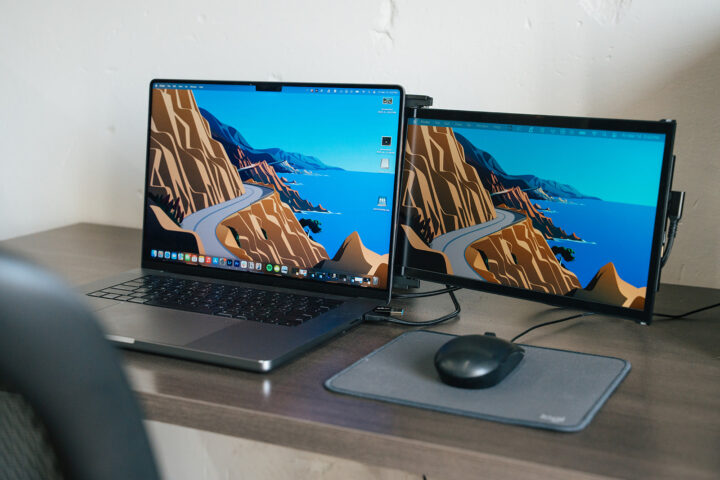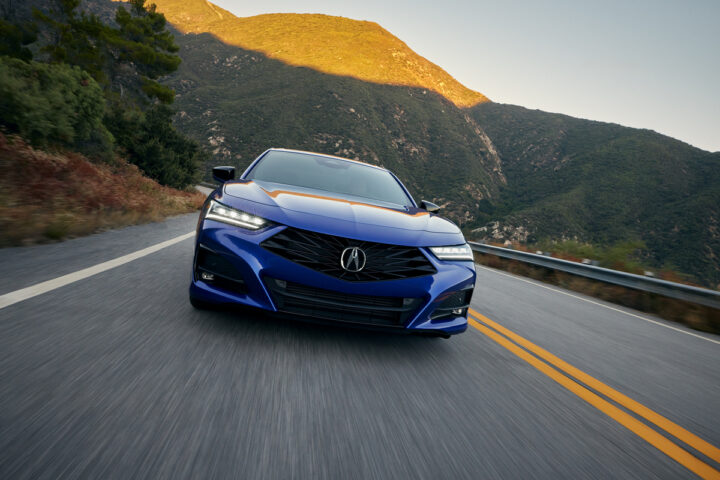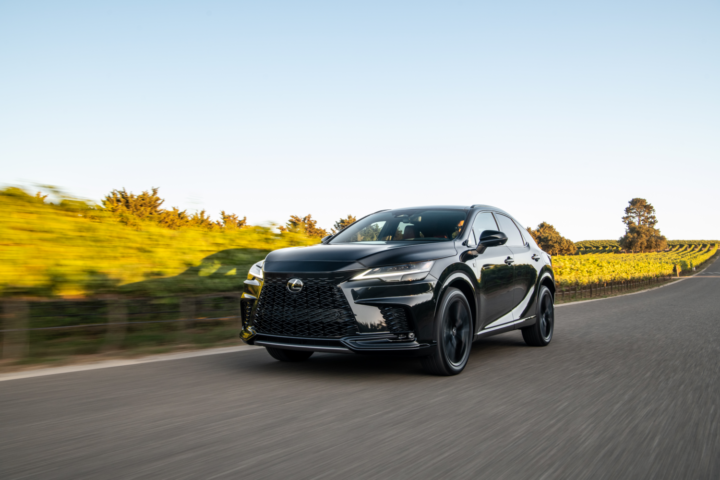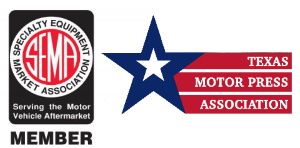Now, this is where I get people telling me that there is no way that it could take that long to take the bus. I can hear people yelling now as they stomp their Birkenstocks into their sustainable bamboo flooring. “I ride the bus, every day!” Well, I am happy for you, but for the bulk of us, it just does not work. In the case of my buddy, he walks out to the corner about a mile from his house, jumps on his bus goes about 10 miles down the route, and walks about half mile up to work. It is ideal. But he is the exception, not the rule, below are some real commutes and their estimated times driving compared to public transportation.
 |
| My commute around 29 mins, the bus would take over three hours and required me to walk over 2 miles. |
 |
| Here is a friends commute, drive 33 mins, public transport 2 hours. |
 |
| Another common commute of another friend, 28 min drive, 2 hour by bus, train, and walking. |
 |
| Here is a long distance one, an hour by car or over 3 hours by train/walking. Believe me you really want to walk around Lancaster in the summer. |
 |
| Average commute times by WNYC shows the Greater Los Angeles area commuter has about a 25 min commute. |
Now before you think I am just some bus hating (ask me about my Greyhound story) anti train, right-wing, gasoline drinking nut. I like trains… when they work, I have taken buses and trains (not in the US) that were nice, but the problem with the buses and trains in California is that they don’t fit into our existing lifestyle. It is the same reason why Tesla works when other alternative cars failed because it fits into the way people live today.
If I could pop on a bus or train and be within a 5-10 min walk of my office and it got me there in 20-25 mins I would consider it, but just like everyone else. I am busy, I don’t have an extra 6 hours a day to spend sitting on a bus driving around in circles. I know I know “But you could read on the bus, work on your laptop or iPad and use that time to be productive.” Sure and if I did not have a choice I would, but I would much rather sit at home with my wife and read a book or work on my laptop after a 20 mins drive home.
What needs to happen is a radical rethinking of public transportation and what it does and how it fits into the lives of everyday people. Could those tax dollars be better spent on more effective solutions? According to the FTA, the average cost of operating a bus per year of $81,159.07 but a monthly pass is only $47 per month per rider for my local Inland Empire bus pass (not counting the discounted senior and student passes). The data is not clear from the Omnitrans (our local bus line) budget report, but out of over 85 million dollars in operating budget just over $15 million is generated from fares and advertising sales, meaning the rest ($70 million) in tax money.
 |
| Even though only around 5% of the population uses public transportation, those who do have the highest percentage of long commute times. |
They say that we need these systems for the working poor who have to use public transportation to get to work, but shouldn’t we be working on a system that would maximize their productivity? Give them an option to get a second job, work more hours, go back to school, or spend time with their family? With $70 million dollars in tax money being spent to keep this system on the road every year, and with an average of 50,000 users Omnitrans could just buy each rider a $1,400 used car and give them back 4-6 hours a day.
I know there has to be a better answer for our public transportation needs, but before we give the same group of people that can turn a 20 min drive into a 4 hour ordeal more tax money for bullet trains we should really look into improving the systems we have. If you have ideas on how better to move people around So Cal please post them in the comments.
Sources:
http://project.wnyc.org/commute-times-us/embed.html#10.00/33.9358/-117.6523
http://www.washingtonpost.com/blogs/wonkblog/wp/2013/03/05/commuting-in-the-u-s-is-long-and-hellish-but-at-least-it-hasnt-gotten-worse/
http://reason.org/news/show/high-speed-rail-in-europe-and-asia
http://www.apta.com/mediacenter/pressreleases/2010/Pages/100112_Transit_Savings.aspx
http://www.fta.dot.gov/documents/WVU_FTA_LCC_Final_Report_07-23-2007.pdf
http://swz.salary.com/SalaryWizard/Bus-Driver-Salary-Details-Los-Angeles-CA.aspx





















